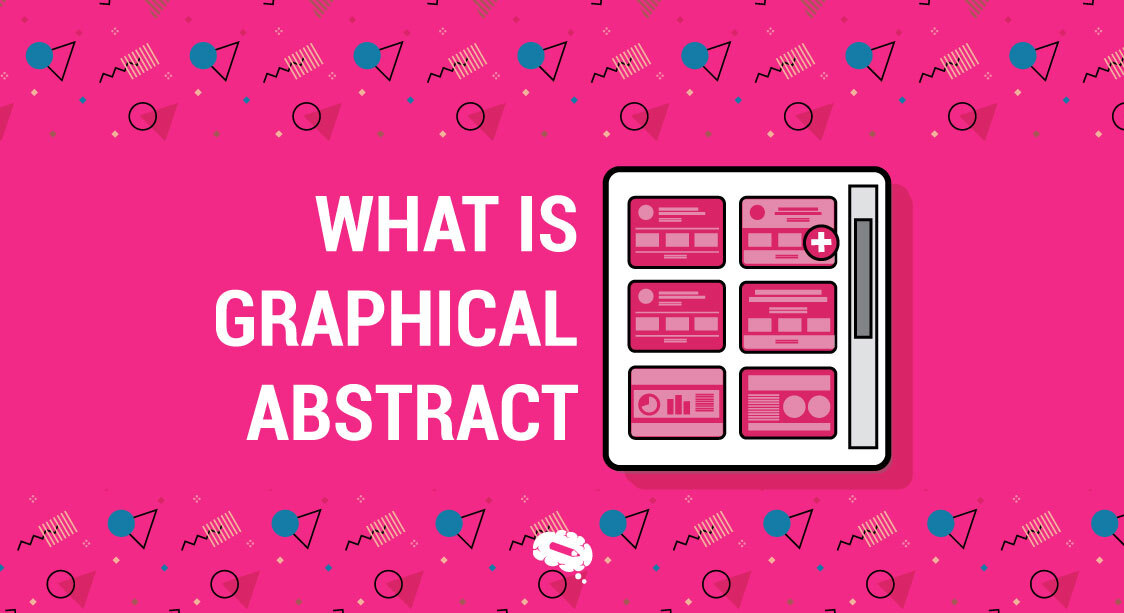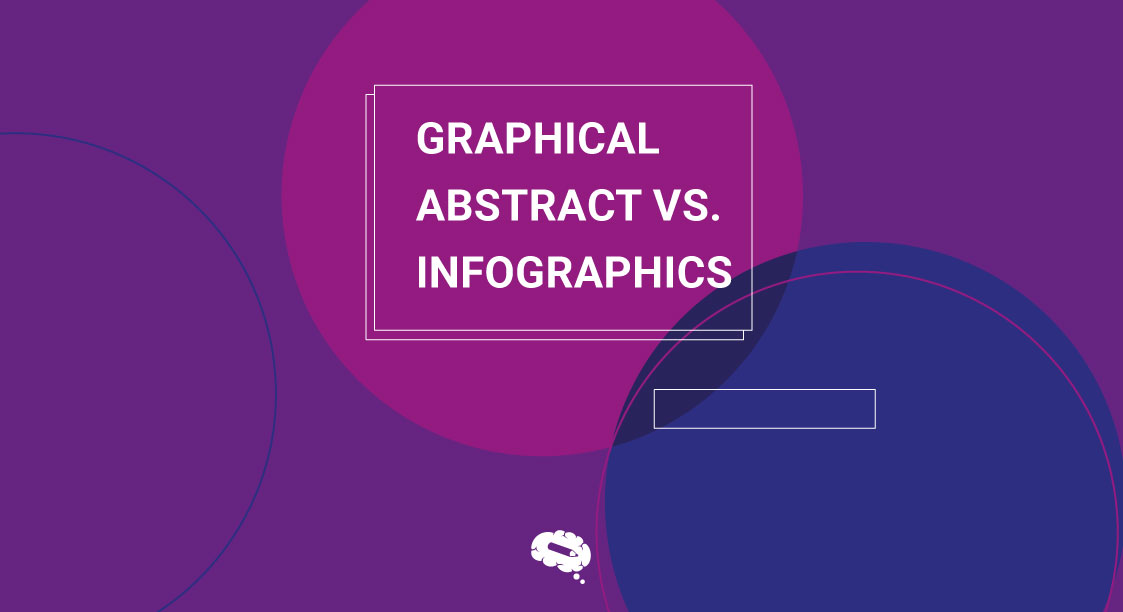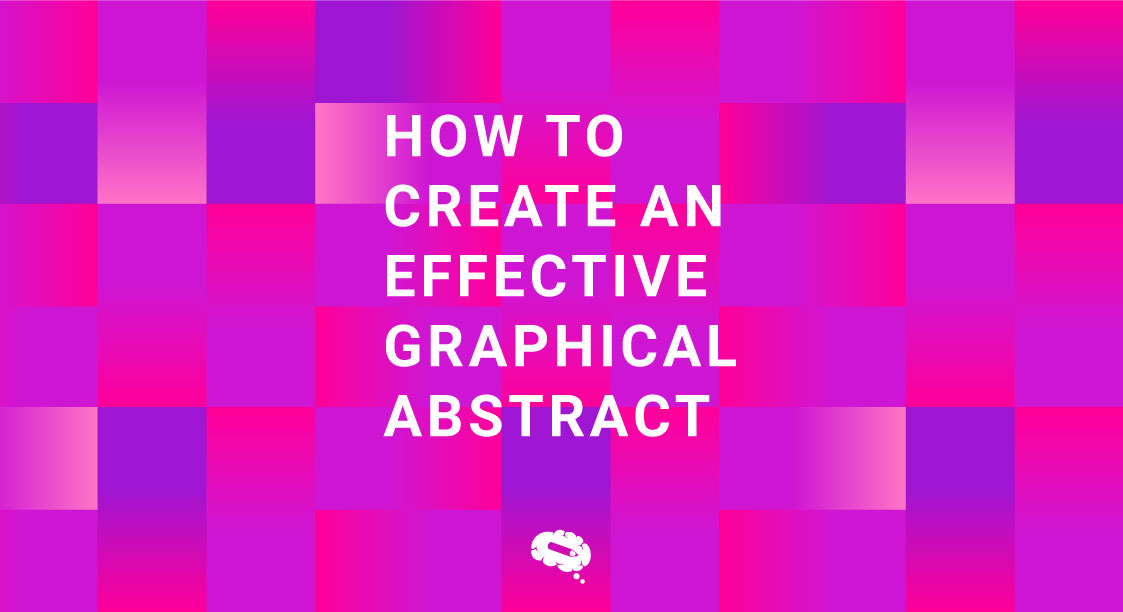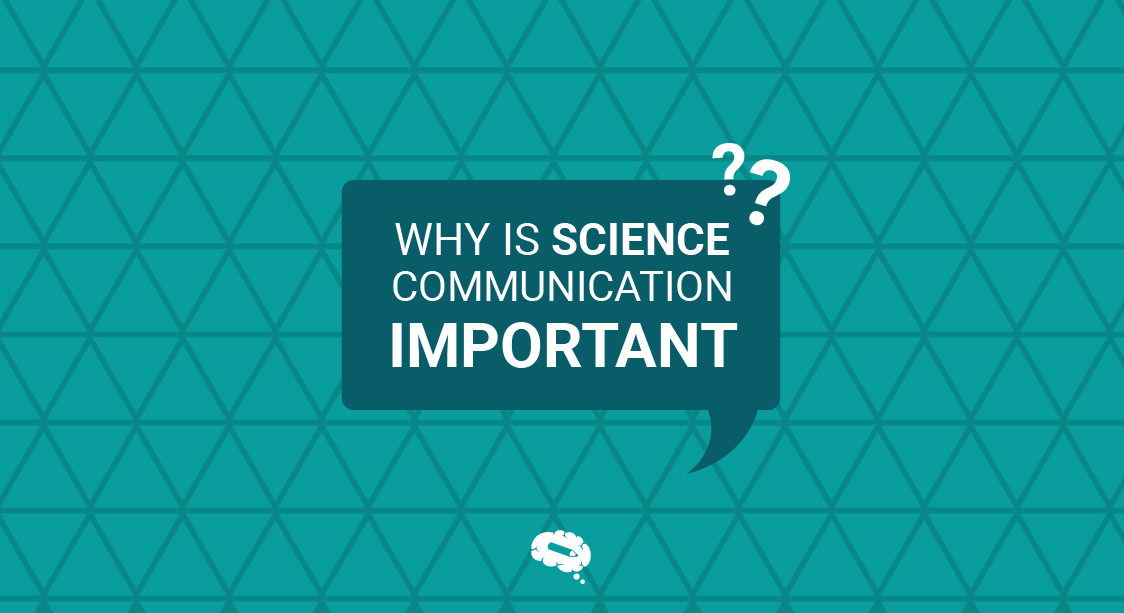Scholarly articles are crucial for disseminating knowledge and research findings in academia. These articles are often dense, full of technical jargon, and lengthy, making it difficult for readers to quickly comprehend the relevance and key points of the research. Researchers, professionals, and students alike can find it challenging and time-consuming to sift through multiple articles to find pertinent information.
A graphical abstract gives readers an overview of a research paper’s main results and significance in a concise, visual manner. An effective tool that bridges the gap between detailed academic content and rapid comprehension is graphical abstracts, which transform complex information into an easily digestible format. By enhancing accessibility, this innovative approach also makes research more engaging and easier to understand.
What Is A Graphical Abstract?
It can be quite difficult to grasp the essence of a scholarly paper quickly in the world of scholarly articles. In this case, graphical abstracts are useful. But let’s address the main question: What is a graphical abstract, and how is it different from a text abstract?
Purpose And Definition Of A Graphical Abstract
A graphical abstract shows the key points of a research paper in a visual format. It summarizes the study’s main findings, methods, and conclusions into a single image, usually including diagrams, illustrations, charts, or other visual elements. Graphical abstracts serve as quick, intuitive summaries of research so that readers can quickly grasp its essence.

The purpose of graphic abstracts is to enhance the reader’s understanding of the research by highlighting the most important aspects visually. By providing a rapid overview of the paper, they help readers determine whether it is relevant to their interests, despite the paper’s detailed content.
Compared To Traditional Text Abstracts
In both graphical and traditional text abstracts, the research is summarized, but in different ways:
| Graphical Abstracts | Traditional Text Abstracts |
|---|---|
| Illustrate the main points of your research with visual elements. Text can be supplemented or replaced with images, flowcharts, graphs, and other visual tools. | Summary of the background, methods, results, and conclusions of the study in one or two paragraphs. To convey information, they only use text. |
| Make complex information easier to understand by visualizing the research results. In the visual format, readers tend to be more engaged and their attention can be captured more easily. | Often dense and technical writing requires the reader to quickly read and interpret it. |
| Ensure that readers of all linguistic backgrounds can understand the content more easily by breaking down language barriers. | Comprehending quickly can be challenging for non-native speakers or people with reading difficulties. |
By contrast, graphical abstracts enhance the reader’s ability to quickly understand and assess the relevance of a research paper by complementing traditional text abstracts. Scientific findings can be made more accessible and engaging for a wider audience by leveraging the power of visual communication.

Benefits Of Graphical Abstracts
Easily Understandable And Quick To Comprehend
Readers can quickly grasp the main points of a research paper by viewing a graphic abstract. They simplify complex information by presenting it visually, allowing readers to understand the content without reading long textual descriptions.
Visual Appeal And Engagement
Graphs and diagrams make graphical abstracts more engaging than traditional text abstracts. This visual appeal can capture the reader’s attention more effectively, making them more likely to explore the full paper. An eye-catching graphical abstract can stand out and draw readers in, especially in fields with a high volume of publications.
Time-Saving For Researchers And Readers
It can be difficult for researchers and readers to find relevant information when there are countless articles available. With graphical abstracts, readers can determine at a glance if the paper is relevant to their interests or research in a short amount of time. Fast-paced fields necessitate staying up-to-date with the latest research, which makes this efficiency particularly useful.
Facilitates Accessibility For Non-Native Speakers
Research findings can be more easily understood by non-native English speakers and people with reading difficulties through graphical abstracts. Language barriers can be transcended and complex scientific concepts can be made more understandable through visual aids. By being inclusive, scientific research can be accessed and benefited by a wider audience.
Components Of A Graphical Abstract
To convey the essence of a research paper in a visual format, a graphical abstract consists of several key components. These components are broken down as follows:
1. Visual Elements
Graphic abstracts are characterized by visual elements that are at the core of their composition. There are several options to choose from, including:
- Images: These are photographs or illustrations that depict the main subject or findings of the study in a visually appealing manner.
- Diagrams: They are visual representations of complex processes, relationships, or structures through diagrammatic representations.
- Charts: Graphs or plots that show data trends, comparisons, or statistical results.
It is important to design these elements in a way that they are clear, visually appealing, and directly related to the topic of the research.
2. Key Points And Findings Summarized
A good graphical abstract presents the research’s main points and conclusions succinctly. It should include the following information:
- Describe the problem or research question.
- Provide a methodology or approach.
- Describe the key findings or results.
- Summarize the findings and indicate their significance.
Rather than replacing the text abstract, the graphical abstract complements it. Text abstracts provide detailed summaries in words; graphical abstracts provide an overview that can engage readers. Visually presenting information enhances understanding, particularly when it comes to complex concepts or data. It appeals to a variety of learners, including visual learners. By combining graphical and text abstracts, the reader is able to get a better overview of the research and assess its relevance quickly.
How To Create A Graphical Abstract
Creating a graphical abstract may seem daunting, but with the right tools and principles, it becomes relatively straightforward. To get started, follow these steps:
Mind the Graph: The Best Tool for Creating Graphical Abstracts
Mind the Graph is one of the most user-friendly tools for creating graphical abstracts. Specifically designed for scientific research, this platform offers a variety of templates and illustrations. By using it, you can create professional-quality visuals without having to be an expert graphic designer.
Other tools you can consider include:
- You can create custom graphics with Adobe Illustrator, a powerful design tool.
- Design elements and templates are available on Canva.
- Biological and medical illustrations can be created with BioRender.
Basic Design Principles
In order to create an effective and visually appealing graphical abstract, it’s vital to adhere to basic design principles.
- Make sure your design is clean and uncluttered. Don’t overwhelm the viewer with too much information or too many elements.
- Keep your research’s key points and main findings in mind.
- Your research should be highlighted in its most important aspects. Make use of visual hierarchy to direct the reader’s attention to the most important elements.
- Emphasize key points with bold fonts, colors, and sizes.
- Make sure your graphical abstract is easy to follow and logically connected.
- Connect your research using arrows, lines, and other connectors.
Tips for Summarizing Research Visually
- Identify the Core Message: Identify your research’s main takeaway before you begin designing. What is the most important message you want to convey?
- Visual Metaphors: Translate complex ideas into simple visuals.
- Simplify Text: Use short, clear text labels and avoid lengthy descriptions. Let the visuals do most of the explaining.
- Consistent Color Scheme: Stay consistent with your color scheme and maintain visual harmony.
- Icons and Illustrations: Utilize icons and illustrations to represent concepts, methods, and results. This can make your abstract more engaging and easier to understand.
- Process of iteration: Make multiple drafts without fear. Improve your design by seeking feedback from colleagues.
Common Mistakes To Avoid While Creating Graphical Abstracts
Overloading with Information
Too much information is a common mistake in graphical abstracts. In a graphical abstract, the research is summarized visually. The purpose of making content easily digestible cannot be achieved with too many details.
Poor Design and Layout
The design of a graphical abstract can be confusing or cluttered. A clear hierarchy of information and a clean layout are important. Colors and fonts should be used consistently to enhance readability. Distracting fonts, colors, or styles should be avoided.
Inaccurate or Misleading Visuals
A graphical abstract must be accurate. Data and findings should be accurately represented in graphs, charts, and diagrams. Research credibility can be undermined by misleading visuals. Ensure all visual elements are aligned with the text abstract and the main body.
Utilizing Mind the Graph’s Tool To Make Graphical Abstract
Dive deep into your research and effortlessly craft engaging visuals that captivate your audience’s attention while also saving you time to make visually appealing graphical abstracts. From intricate data sets to complex concepts, Mind the Graph empowers you to create compelling infographics that resonate with readers. Visit our website for more information.

Subscribe to our newsletter
Exclusive high quality content about effective visual
communication in science.








